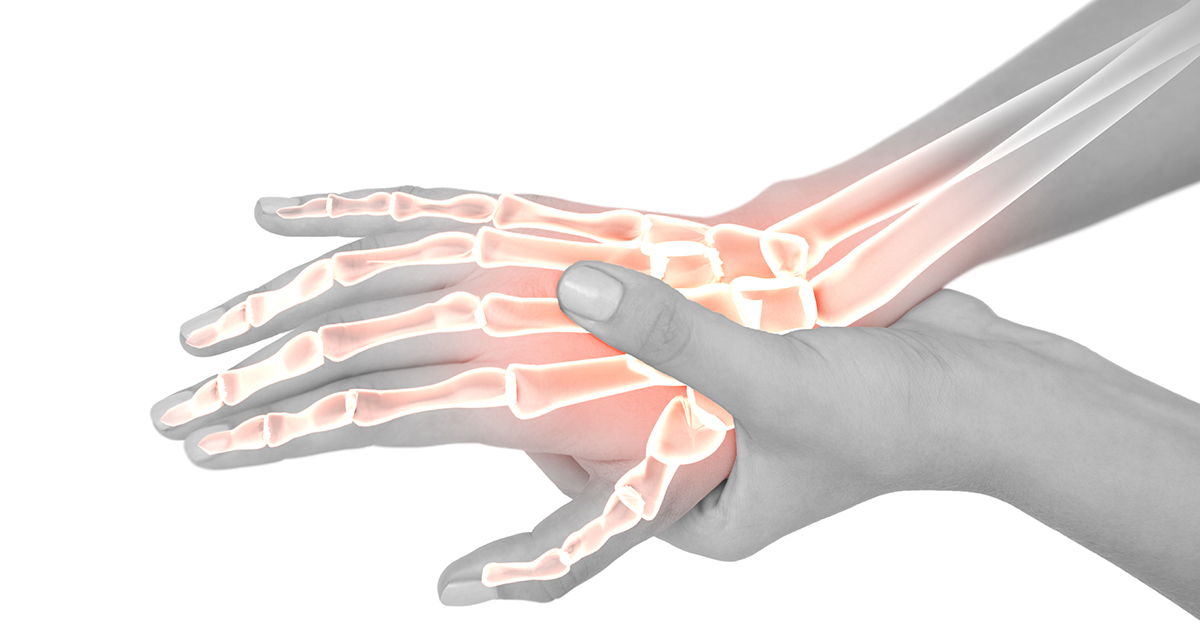
What is Open Carpal Tunnel Release Surgery?
Open carpal tunnel release surgery is a procedure used to help treat pain and sensation loss from carpal tunnel syndrome by relieving pressure on the median nerve. The size of the incision necessary may vary depending on the patient, but this procedure may be performed as a mini-open procedure, where a smaller incision is used.
Who needs Open Carpal Tunnel Release Surgery?
Carpal tunnel syndrome occurs when the median nerve is compressed while traveling through the carpal tunnel, a narrow passageway made of bones and ligaments in the wrist. The carpal tunnel is intended to provide protection for the median nerve and tendons that pass through it. The median nerve is responsible for movement and sensation for parts of the hand, so irritation from compression can cause pain, numbness and tingling on the palm side of the hand, fingers, and thumb. Pain or a burning sensation in the forearm, wrist, or hand that increases with activity may also be present. Weakness may also occur, as over time the muscles around the thumb will shrink and lose strength, resulting in trouble forming a fist or grasping objects.
Carpal tunnel is conservatively treated at first with treatments like rest, changes in patterns of use, immobilizing the affected area with devices like splints or braces, physical therapy, medication and injections. If the symptoms do not improve after some time using conservative treatments, or if nerve damage or muscle weakness is occurring, your doctor may suggest this procedure.
What are the steps in Open Carpal Tunnel Release Surgery?
Initial Incision Made
A small incision is made in the palm. The surgeon makes this incision to expose the transverse carpal ligament.
Insertion of Guide
The surgeon then inserts a hollow, semicircular device called a guide through the incision, placing it between the transverse carpal ligament and the median nerve. The median nerve is protected by the guide during the procedure.
Cutting the Carpal Ligament
The guide is then used to help the surgeon cut the transverse carpal ligament, alleviating stress on the median nerve.
End of Procedure
The incision is then closed, and sutures are applied. The patient's wrist is placed in a splint.
After Surgery
This procedure is usually performed on an outpatient basis, so most patients are able to leave the hospital the day of the procedure. Once a healing period has passed, hand rehabilitation therapy will be prescribed. Hand rehabilitation therapy is necessary in the process of rebuilding strength in the wrist.

